Filter News
Area of Research
News Type
News Topics
- 3-D Printing/Advanced Manufacturing (7)
- Advanced Reactors (2)
- Artificial Intelligence (14)
- Big Data (2)
- Bioenergy (6)
- Biology (8)
- Biomedical (3)
- Biotechnology (2)
- Buildings (5)
- Chemical Sciences (3)
- Climate Change (5)
- Composites (2)
- Computer Science (12)
- Decarbonization (9)
- Education (1)
- Emergency (1)
- Energy Storage (3)
- Environment (9)
- Exascale Computing (5)
- Fossil Energy (2)
- Frontier (5)
- Fusion (4)
- Grid (4)
- High-Performance Computing (7)
- Isotopes (5)
- Machine Learning (4)
- Materials (7)
- Materials Science (10)
- Mathematics (1)
- Microscopy (3)
- Nanotechnology (1)
- National Security (7)
- Net Zero (3)
- Neutron Science (5)
- Nuclear Energy (4)
- Partnerships (7)
- Physics (2)
- Polymers (1)
- Quantum Computing (6)
- Quantum Science (10)
- Security (1)
- Simulation (7)
- Space Exploration (3)
- Summit (4)
- Sustainable Energy (9)
- Transportation (3)
Media Contacts
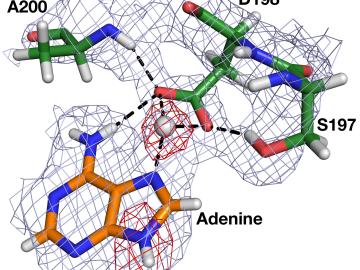
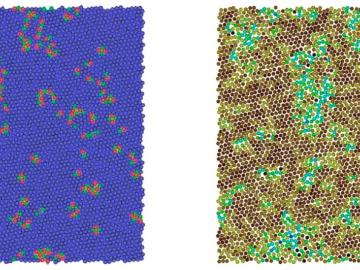
Snow falls in winter and melts in spring, but what drives the phase change in between?
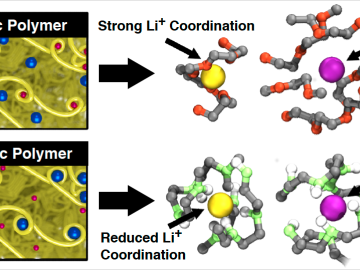
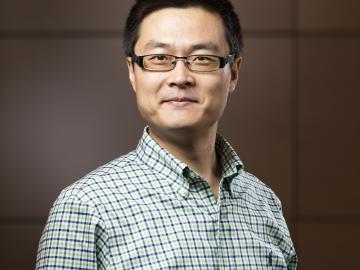
CCSI scientist Jiafu Mao, of the Terrestrial Systems Modeling group in the Environmental Sciences Division, parlayed his interest in physics and mathematics as a student in China into a field of study he has always found interesting
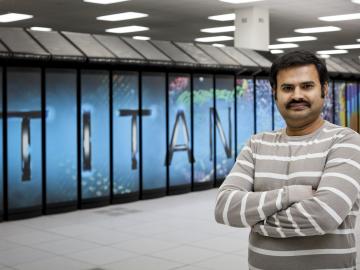
Supercomputers like Oak Ridge National Laboratory’s Titan are advancing science at a frenetic pace and helping researchers make sense of data that could have easily been missed, says Ramakrishnan “Ramki” Kannan. Kannan, a computer scientist who came to ORNL in March 2016 after ...
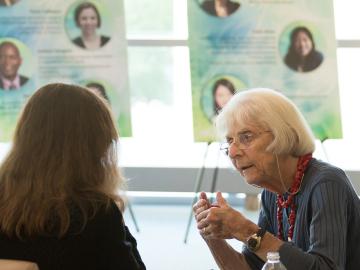
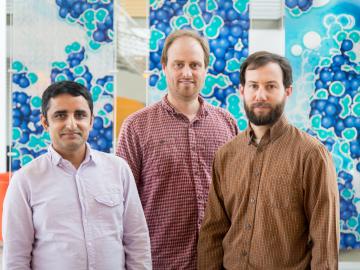
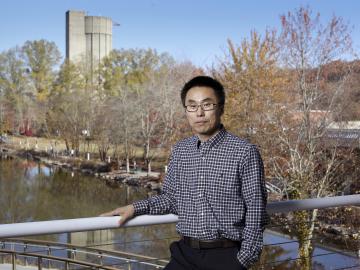
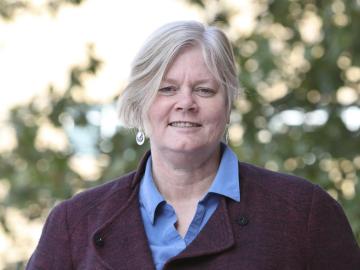
At the confluence of energy and ecology is where Henriette “Yetta” Jager has found her calling. A senior scientist in the Environmental Sciences Division, Yetta uses models to look for win-win opportunities to produce more energy without harming fish and wildlife. Yetta’s research for the US D...

Oak Ridge National Laboratory experts are playing leading roles in the recently established Department of Energy’s (DOE’s) Exascale Computing Project (ECP), a multi-lab initiative responsible for developing the strategy, aligning the resources, and conducting the R&D necessary to achieve the nation’s imperative of delivering exascale computing by 2021.




